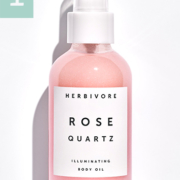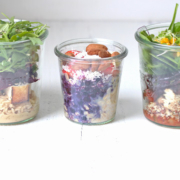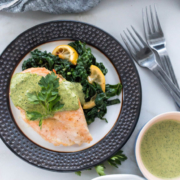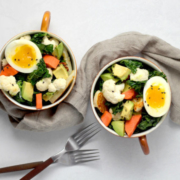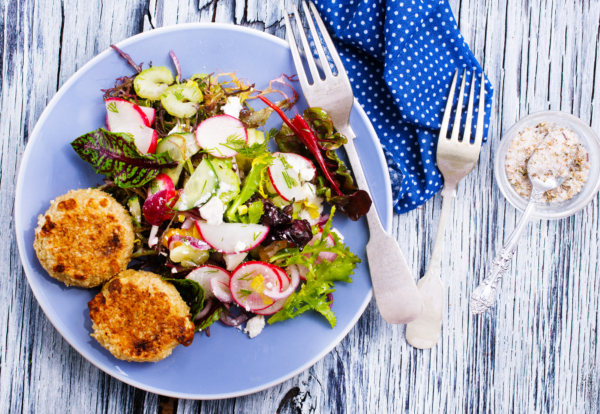
Summer’s great for enjoying yourself and escaping, but when fall rolls around, maybe you’re (maybe “we” – I include myself in this, too!) are thinking we indulged a little more than expected. That’s okay.
Nourishing Lab is all about how we get back on track. Not (not!) shame. You have the freedom to choose how you live during summer (and every season); feeling good and relishing free time, sunshine, family and reading on the beach; these are all memory-making moments.
But now that we’re back to our “normal” schedule, things have changed. Whether you’re heading back to work after vacation or delivering kids to school, fall comes with time constraints and challenges. It can feel overwhelming to fit in prepping healthy, balanced meals.
For those of you who must travel to drop teens at boarding school or college, how do you handle eating out? Do you find that restaurants may not have healthy options?
After traveling, I always go to my Golden Goddess Plate to get back on track. I also manage my blood sugar balance by starting each day with the Golden Goddess Smoothie.
And when I’m eating out on the road, I try not to panic or chastise myself. Instead, I’ve developed a few suggestions that work and make sure I don’t stray too far from what feels good.
- Appetizers: Choose one that’s primarily vegetables or fish, like lettuce cups, edamame, or shrimp cocktail. Avoid fried or breaded appetizers (including say, brussels sprouts given the fried buffalo wing treatment).
- Soup: Broth or vegetable bases are your best option. Avoid heavy cream.
- Bread: Ask if gluten-free bread is available. If not, ask them to hold off on dropping the bread baskets, which are way too tempting. (It’s your choice!)
- Salad: Choose arugula, spinach or romaine greens with veggies, without cheese and croutons. Opt for olive oil and balsamic dressing or olive oil with fresh lemon. Many dressings have hidden preservatives and unhealthy fats. Not all salads are created equal; they can contain inflammatory foods. Taco salad, chef salad, and buffalo chicken salad are examples to keep out of your diet.
- Side dishes: Choose steamed veggies, fruit or baked sweet potato (sweet potato fries if you need a fix).
- Dinner: Prime rib, fettuccine alfredo, fried chicken and stuffed shrimp are heavy meals that may make you feel bloated or even a bit sick. Look for options that are baked, broiled, grilled, poached, roasted or steamed.
- Dessert: If you’re still hungry after a meal, consider splitting dessert. You can also choose fresh fruit or sorbet as a palate-cleansing option.
NOTE: Many restaurants (especially in the United States) serve large portions. Let’s take a look at NL’s exclusive Portion Size Guide. It’s helpful to remember that you have the freedom to choose how you want your plate to look.
Portion Guide
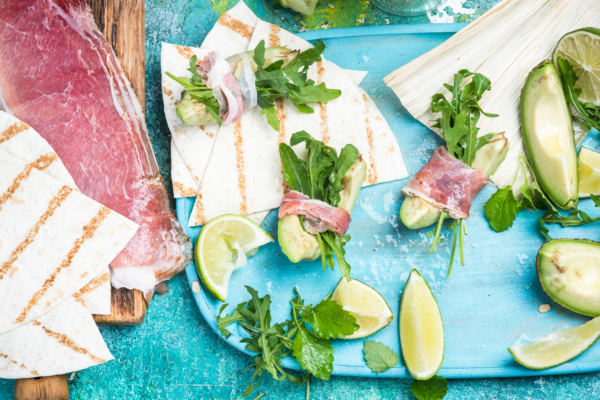
Know Your Serving Sizes
Portions have become supersized over the years. As a result, we’re generally no longer aware of how much food we really consume. Here’s a helpful guide to understanding portions.
Proteins
5-6.5 ounces daily
1 serving protein = the size of your palm (or 3 ounces)
Carbohydrates
5-8 ounces daily
1 serving grain and starchy carbohydrates = size of a cupped hand (or ½-1 cup)
1 serving fruit = the size of a closed fist (or ¾-1 cup)
Vegetables = unlimited quantities (but at least 2-3 cups daily). Great examples: sweet potato, corn, green beans and peas.
Healthy Fats
5-7 teaspoons daily
1 serving oil = thumb size
1 serving nuts/seeds = closed cupped hand or ¼ cup
1 serving avocado = ½-1 whole
1 serving olives and shredded coconut = closed cupped hand or ¼ cup.
2 tablespoons almond butter or 2 ping pong balls
![]()

